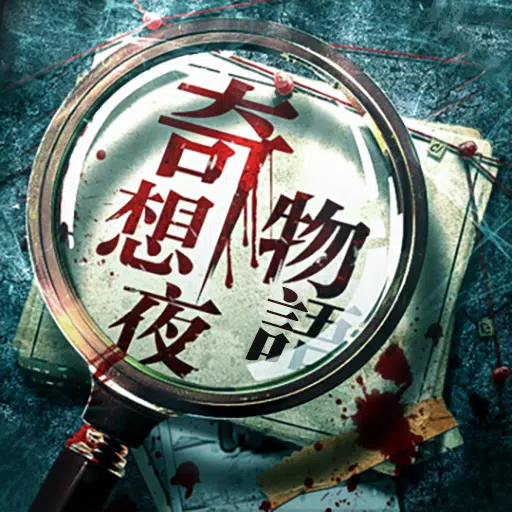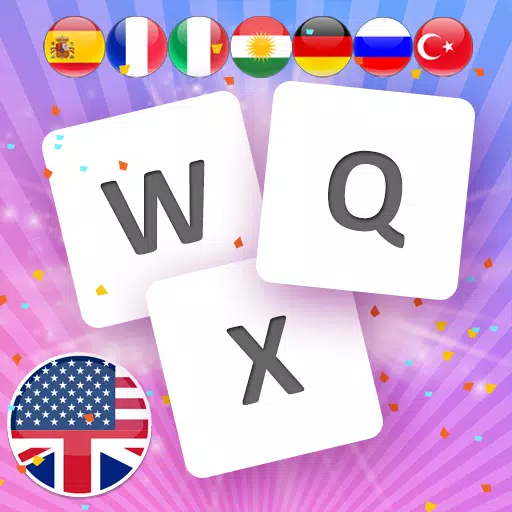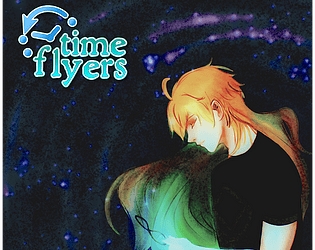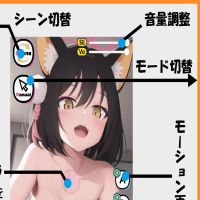Before its global launch, Monster Hunter Wilds shattered pre-order records on Steam and PlayStation, mirroring the phenomenal success of its predecessors, Monster Hunter Rise (2022) and Monster Hunter: World (2018). This achievement firmly establishes Capcom's unique RPG series as a major player in the global video game market.
However, this wasn't always the case. Just a decade ago, such widespread global popularity would have seemed improbable. Even further back, at the original game's 2004 release, it would have been unthinkable: the initial game received mixed reviews. It wasn't until the 2005 PSP release that the series truly exploded—in Japan.
For years, Monster Hunter exemplified the "bigger in Japan" phenomenon. While the reasons were straightforward, as this article will detail, Capcom persistently sought to break into the international market. The success of Monster Hunter World, Rise, and now Wilds proves their efforts were worthwhile.
This is the story of Monster Hunter's journey from domestic darling to global powerhouse.
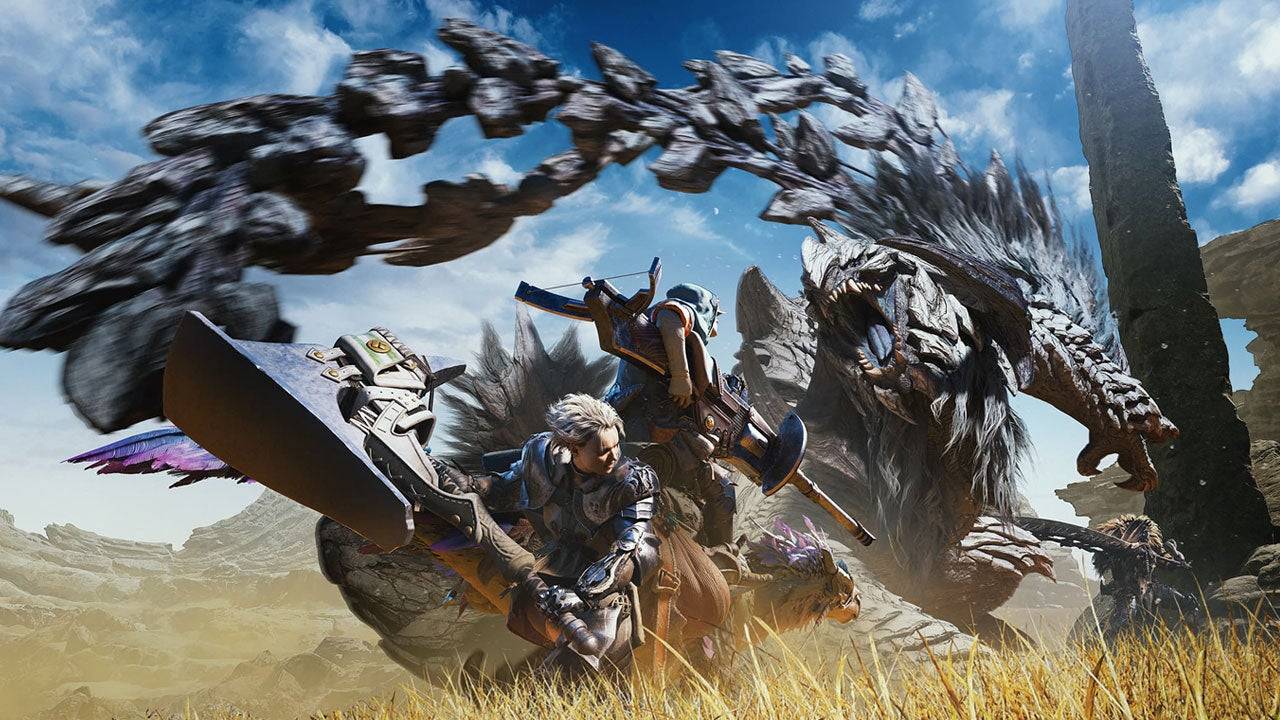
Around the launch of Street Fighter 5 in 2016, Capcom underwent an internal restructuring to prepare for a new generation of games powered by the RE Engine, replacing the aging MT Framework. This wasn't merely a technological upgrade; it signaled a commitment to creating games for a global audience, not just existing regional fanbases.
“Several factors converged,” explains Hideaki Itsuno, a former Capcom game director known for his work on Devil May Cry. “The engine change, and a clear mandate for all teams: create globally appealing games. Fun for everyone.”
Capcom's PS3 and Xbox 360-era games often felt like attempts to capture a perceived "Western market." While Resident Evil 4 was a hit, more gun-focused spin-offs like Umbrella Corps and the Lost Planet series chased fleeting Western gaming trends unsuccessfully. Capcom realized the need to create universally appealing games, not just those catering to traditional Western genres.
“We focused intently, holding nothing back,” Itsuno says, “on making great games with global appeal.”
Itsuno highlights the period leading up to 2017 as pivotal. “Organizational and engine changes converged,” he says. The launch of Resident Evil 7 that year marked the beginning of a Capcom renaissance.
No series better embodies this global ambition than Monster Hunter. While it had dedicated Western fans, it was significantly larger in Japan. This wasn't the series' intended trajectory, but several factors contributed.
Monster Hunter Freedom Unite's PSP release was a turning point. The Japanese handheld market has always been stronger than its Western counterpart, as evidenced by the success of the PSP, Nintendo DS, and Switch. According to executive producer Ryozo Tsujimoto, Japan's advanced wireless network allowed for reliable online play with friends—a key factor in the game's success.
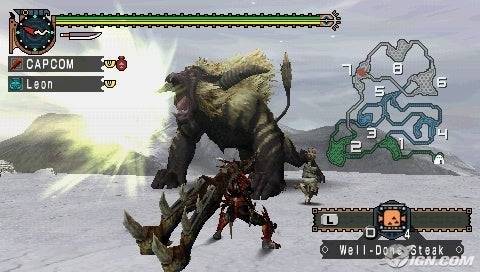
“Twenty years ago, Japan had a robust network infrastructure, facilitating online multiplayer,” Tsujimoto explains. “Moving to handhelds expanded the multiplayer player base.”
Monster Hunter's cooperative gameplay thrived on readily accessible hunts with friends. Handheld consoles, coupled with Japan's advanced internet, provided the ideal platform, even if unintentionally creating a primarily Japanese market.
This created a feedback loop. Japanese best-selling status led to Japan-exclusive content and events, further solidifying its "Japan-only" image. Western fans watched enviously.
However, as Western internet infrastructure improved, Tsujimoto saw an opportunity. Monster Hunter: World (2018), released simultaneously worldwide on PlayStation 4, Xbox One, and PC, marked a significant shift. It offered AAA console-quality graphics, larger environments, and bigger monsters.
“Our globalization approach, reflected in the game's title,” Tsujimoto reveals, “was a nod to our desire to reach a worldwide audience.”
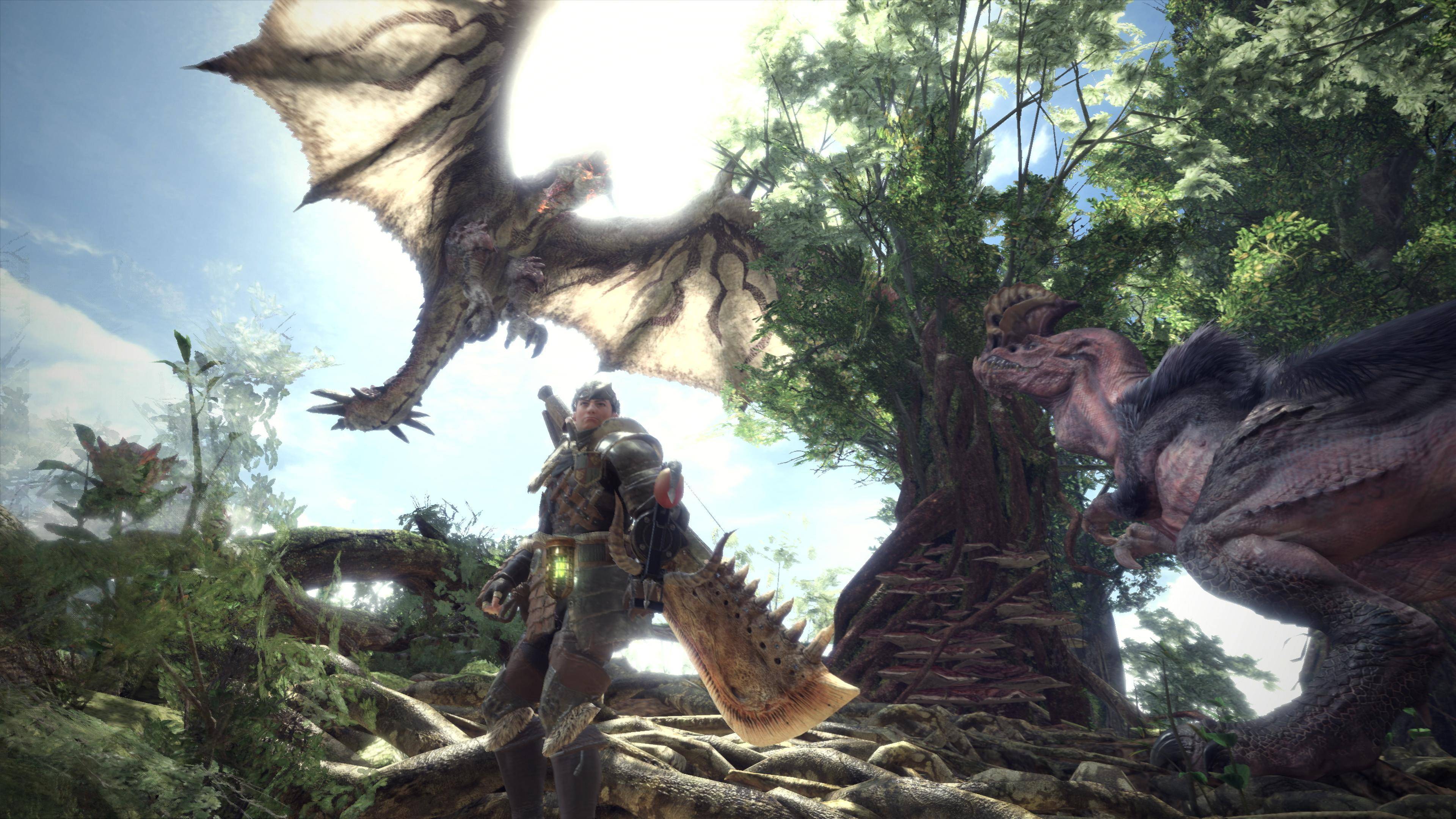
Simultaneous global release was crucial, eliminating regional exclusivity. Tsujimoto and his team also refined Monster Hunter's formula to broaden its appeal.
“Global focus tests and user feedback influenced game systems and contributed to its global success,” Tsujimoto says.
One key change was displaying damage numbers. These subtle improvements propelled Monster Hunter to unprecedented heights. Previous titles sold 1.3 to 5 million copies (excluding re-releases). Monster Hunter: World and Rise each surpassed 20 million.
This growth wasn't accidental. Instead of altering Monster Hunter's core to appeal to Western tastes, the team made it more accessible without sacrificing its unique identity. This approach continues with Wilds.
“At its core, Monster Hunter is an action game; mastering that action is key,” Tsujimoto explains. “But for new players, it's about reaching that point. We analyze where players struggle, gather feedback, and use that knowledge to improve systems in Wilds.”
Within 35 minutes of release, Monster Hunter Wilds reached 738,000 concurrent Steam players—double Monster Hunter: World's peak. Positive reviews and promised future content suggest Wilds will surpass even World and Rise's success, continuing the series' global conquest.






